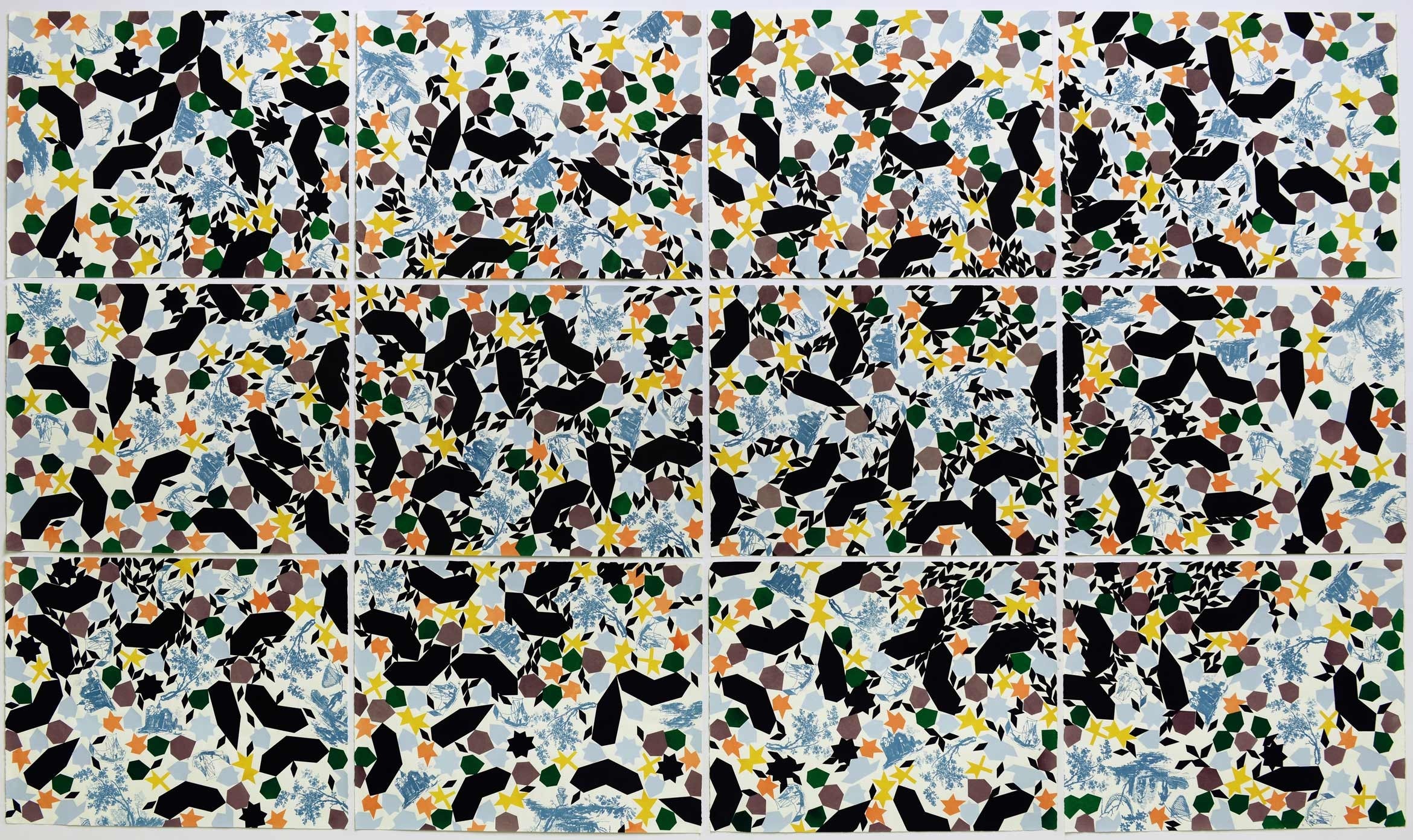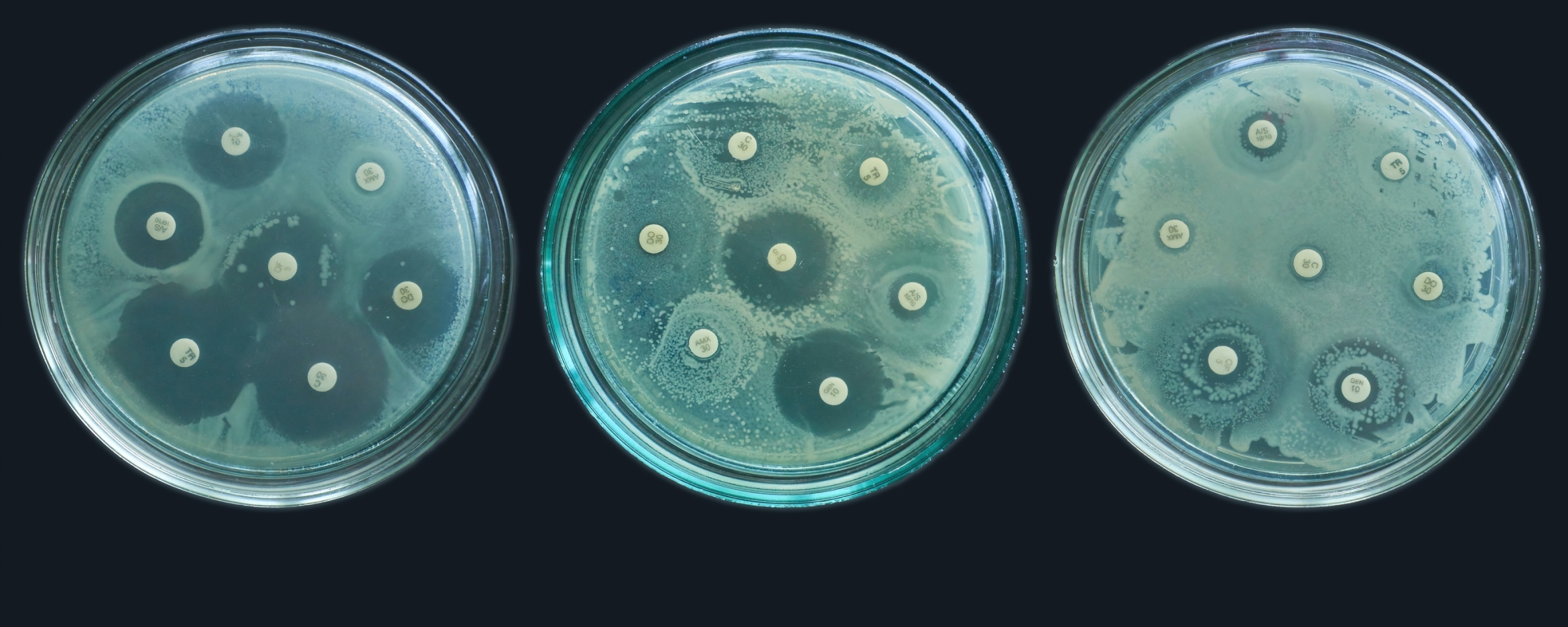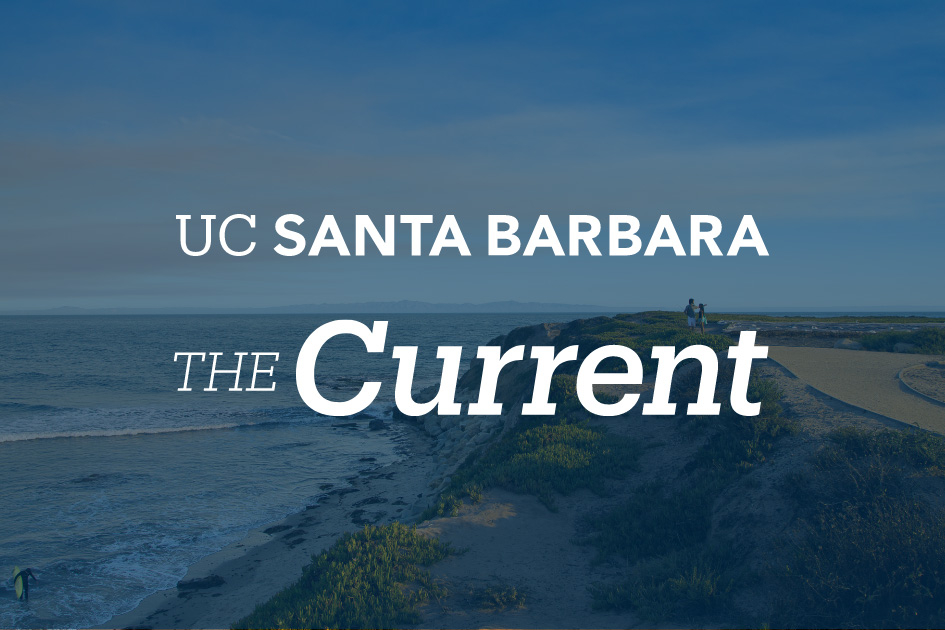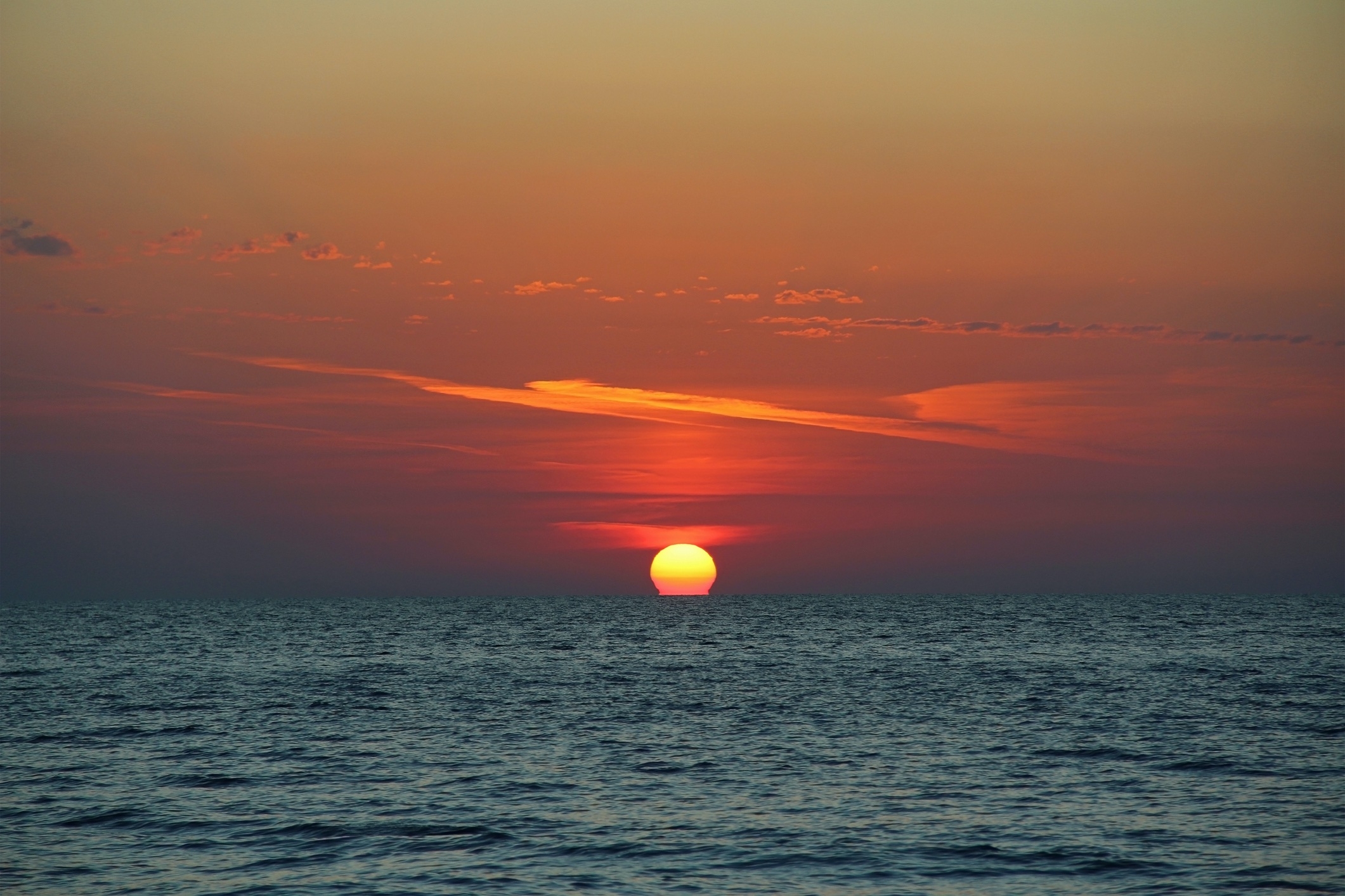What's Current in
Letters and Science
Image
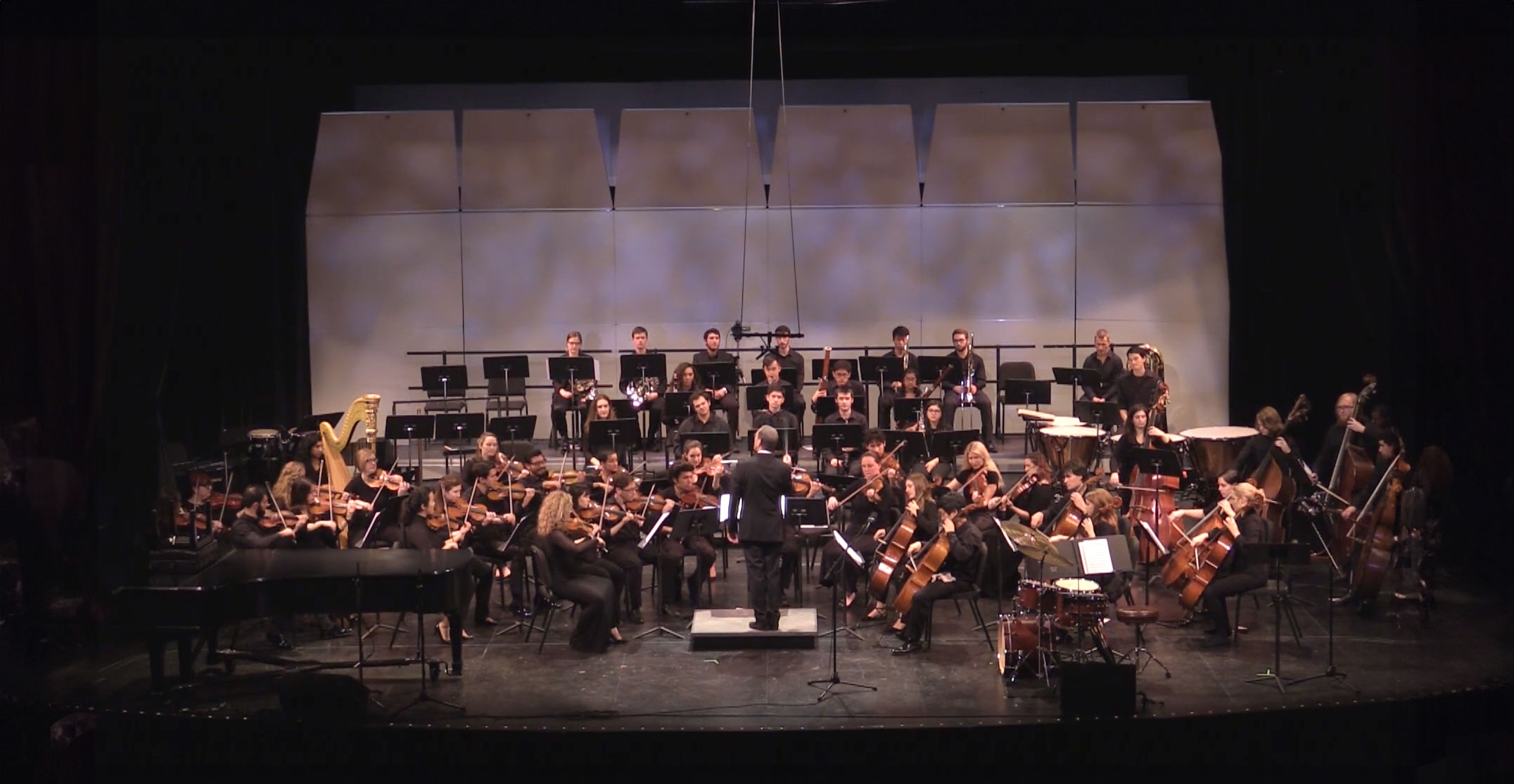
Photo Credit
American Composers Alliance (screen grab)
The premiere of composer Earl Louis Stewart's "Homage to Swing" at UCLA's Herb Alpert School of Music's Schoenberg Auditorium, Feb. 5, 2017, as part of the "Swinging to a World of Strings" concert with Maestro Neal Stulberg conducting.
Image

Photo Credit
Patrick Pyszka, city of Chicago
Hương Ngô & Hồng-Ân Trương, "chân trời foot of the sky," 2023. Archival pigment prints, two-way mirrored glass, neon. 240 x 92 x 30 in.
Image
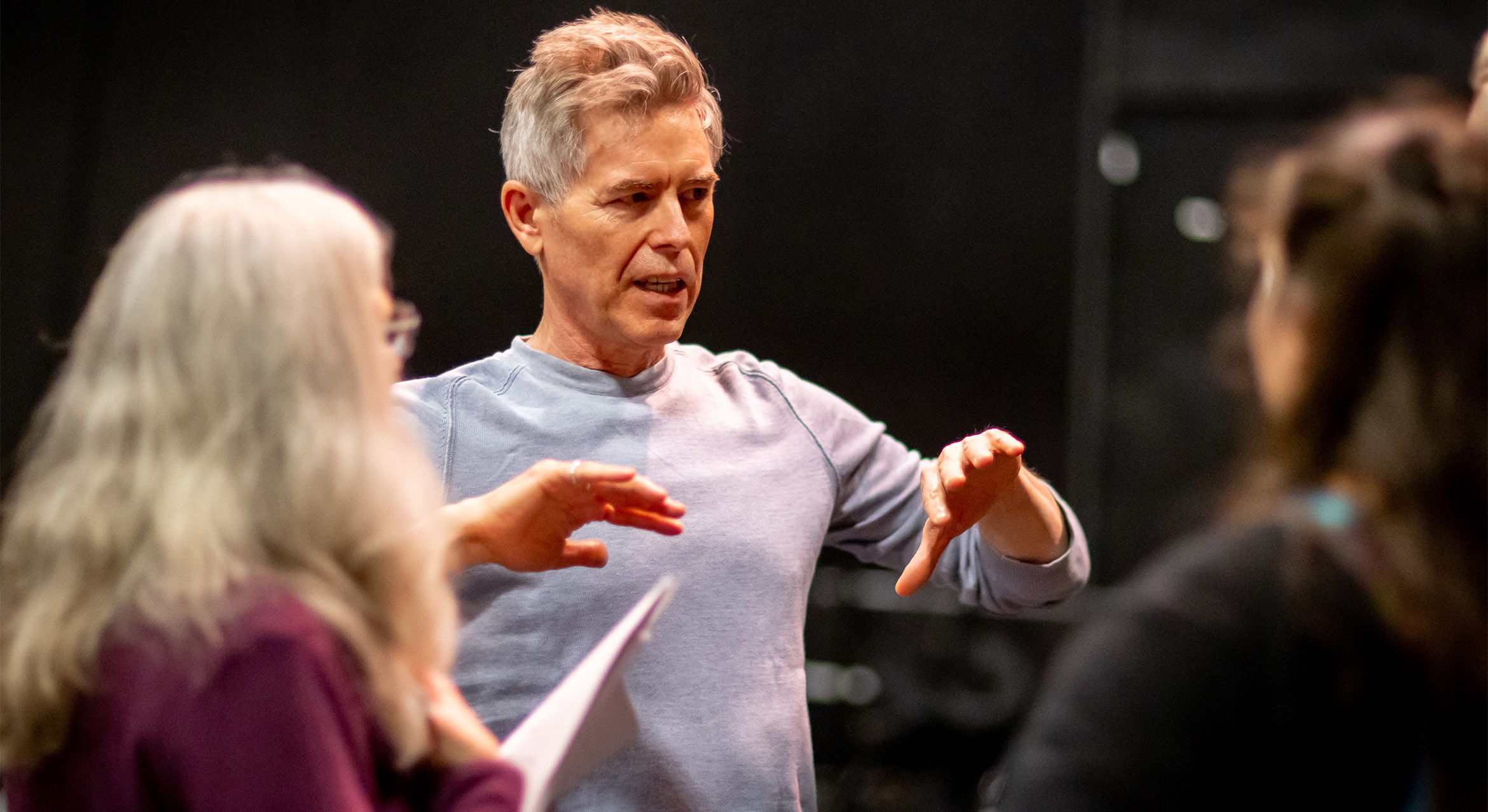
Photo Credit
Fritz Olenberger
Image

Photo Credit
Simona Pilolla
Image
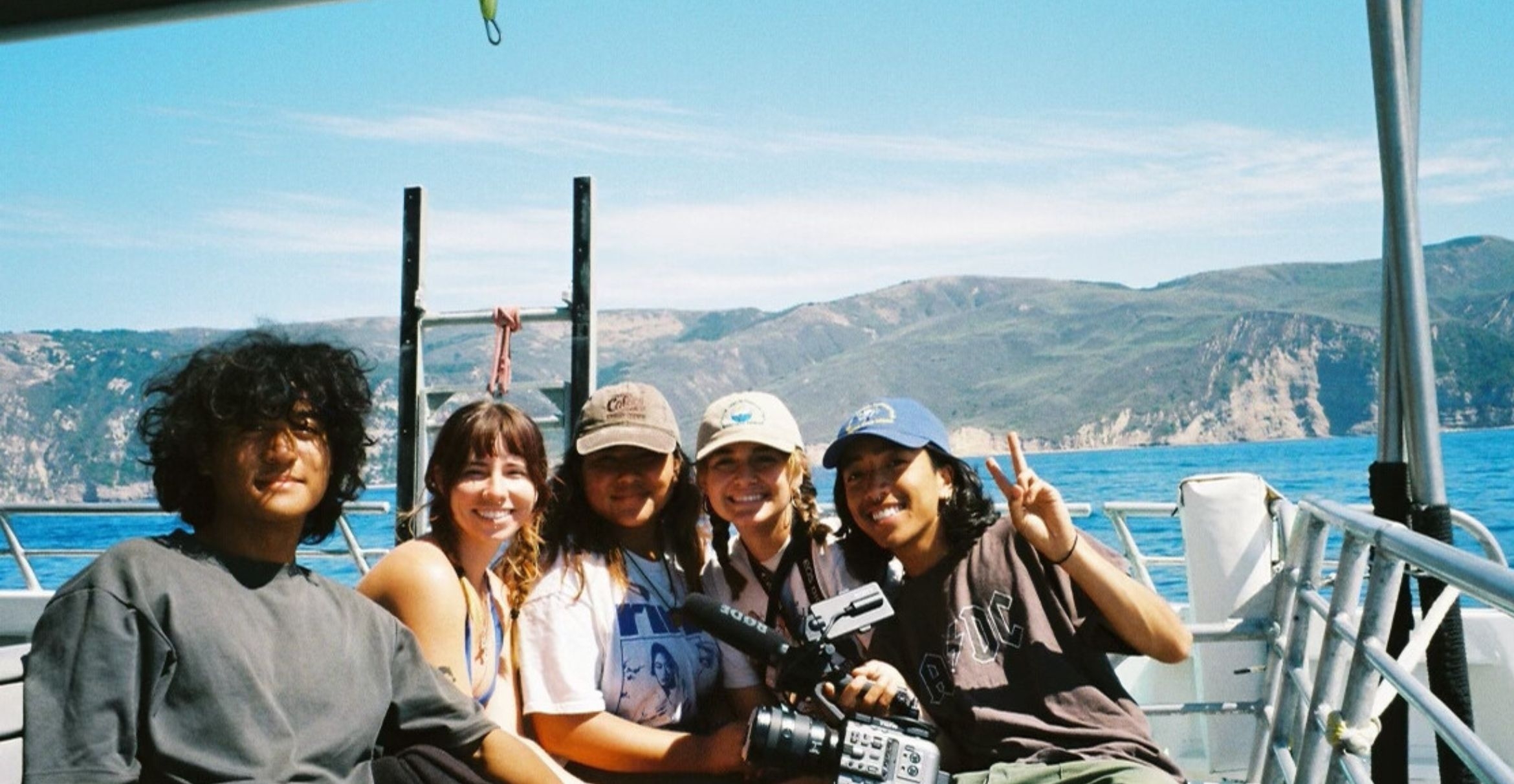
The "841" film crew (from left): director of photography Logan Asperian, sound mixer Lauren Barley, producer Macielle Villaseñor, director Rachel Burnett and editor Vincent Cuenco off the coast of Santa Cruz Island in 2023.
Image
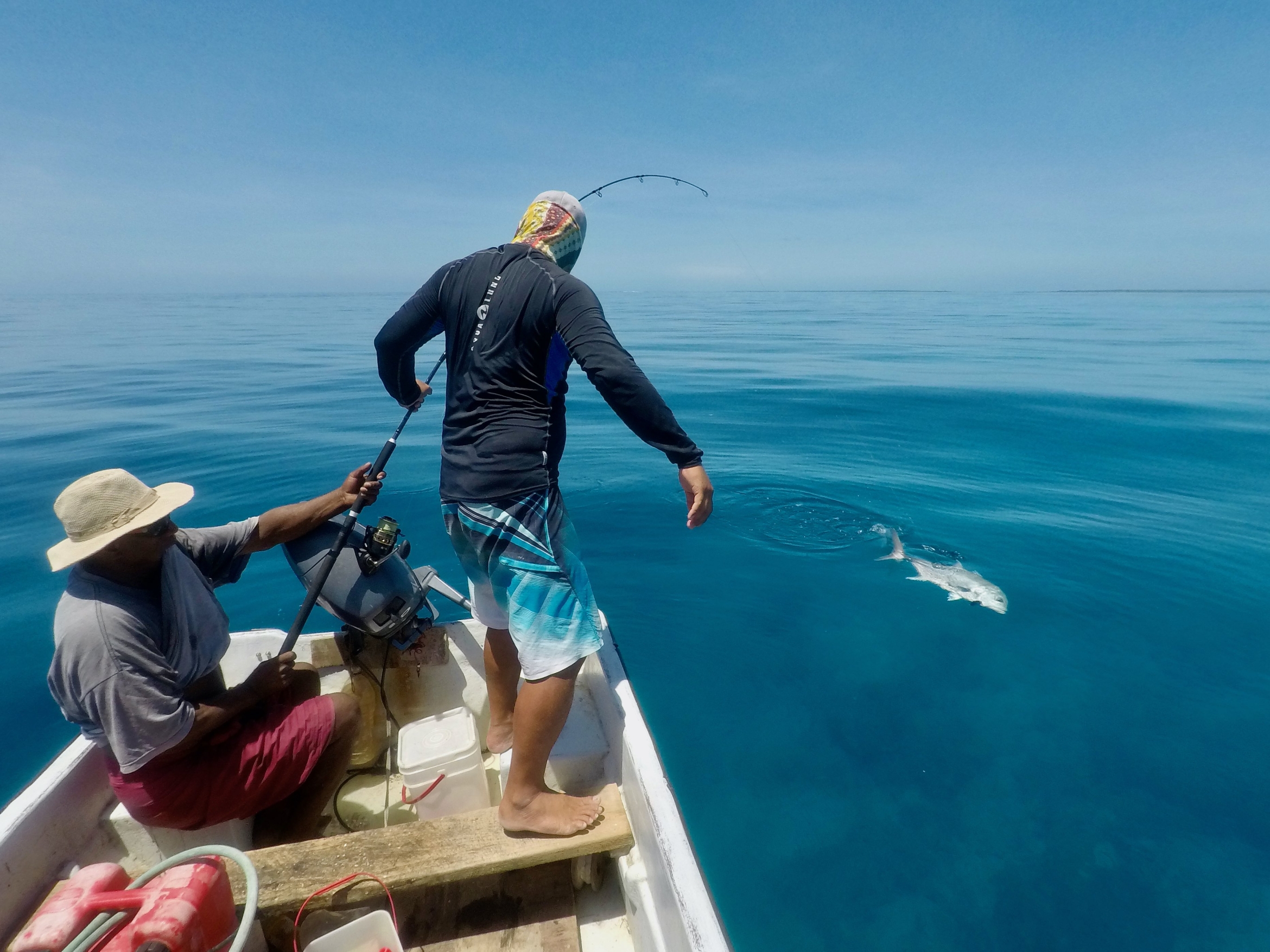
Photo Credit
Jacob Eurich
Image

Photo Credit
Arturo Heredia Soto
“A Box of One’s Own: Women Beyond Borders,” installation view, Art, Design & Architecture Museum, UC Santa Barbara
Image

Photo Credit
Courtesy of Los Angeles Times
Gustavo Arellano, winner of the 19th annual Luis Leal Award for Distinction in Chicano/Latino Literature
